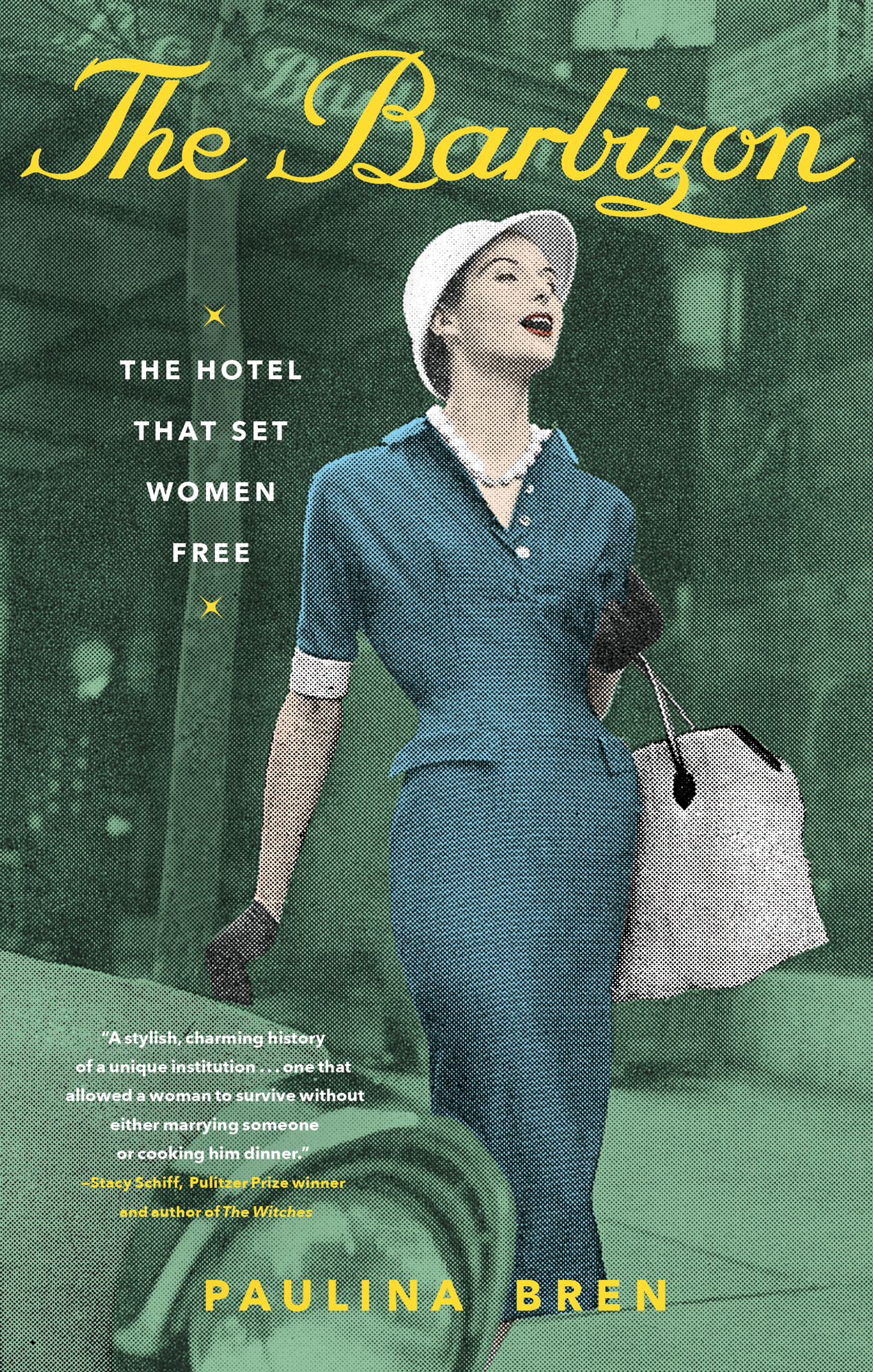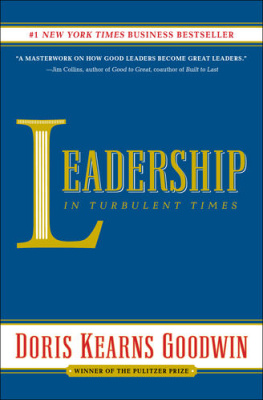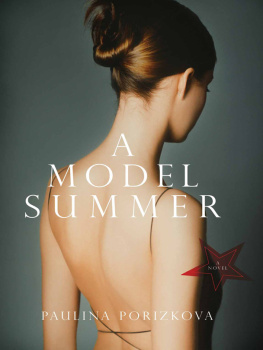Paulina Bren - The Barbizon: The Hotel That Set Women Free
Here you can read online Paulina Bren - The Barbizon: The Hotel That Set Women Free full text of the book (entire story) in english for free. Download pdf and epub, get meaning, cover and reviews about this ebook. year: 2021, publisher: Simon & Schuster, genre: Non-fiction. Description of the work, (preface) as well as reviews are available. Best literature library LitArk.com created for fans of good reading and offers a wide selection of genres:
Romance novel
Science fiction
Adventure
Detective
Science
History
Home and family
Prose
Art
Politics
Computer
Non-fiction
Religion
Business
Children
Humor
Choose a favorite category and find really read worthwhile books. Enjoy immersion in the world of imagination, feel the emotions of the characters or learn something new for yourself, make an fascinating discovery.
- Book:The Barbizon: The Hotel That Set Women Free
- Author:
- Publisher:Simon & Schuster
- Genre:
- Year:2021
- Rating:3 / 5
- Favourites:Add to favourites
- Your mark:
- 60
- 1
- 2
- 3
- 4
- 5
The Barbizon: The Hotel That Set Women Free: summary, description and annotation
We offer to read an annotation, description, summary or preface (depends on what the author of the book "The Barbizon: The Hotel That Set Women Free" wrote himself). If you haven't found the necessary information about the book — write in the comments, we will try to find it.
The Barbizon: The Hotel That Set Women Free — read online for free the complete book (whole text) full work
Below is the text of the book, divided by pages. System saving the place of the last page read, allows you to conveniently read the book "The Barbizon: The Hotel That Set Women Free" online for free, without having to search again every time where you left off. Put a bookmark, and you can go to the page where you finished reading at any time.
Font size:
Interval:
Bookmark:

Thank you for downloading this Simon & Schuster ebook.
Get a FREE ebook when you join our mailing list. Plus, get updates on new releases, deals, recommended reads, and more from Simon & Schuster. Click below to sign up and see terms and conditions.
CLICK HERE TO SIGN UP
Already a subscriber? Provide your email again so we can register this ebook and send you more of what you like to read. You will continue to receive exclusive offers in your inbox.

For Zoltn and Zsofi

The glamorous movie star Rita Hayworth pretending to be petered out from a day of practicing for her role as a model in the 1943 movie Cover Girl. Here she is posing for Life magazine in the Barbizons gymnasium with real working models.
W ho was the woman who stayed at New Yorks famous Barbizon Hotel? She could be from anywherejust as likely from small-town America as from across the George Washington Bridgebut more often than not she arrived in a yellow Checker cab because she didnt yet know how to use the New York subway. She had the address on a piece of paper in her hand, and she carefully read it aloud to the taxi driver: The Barbizon Hotel, 140 East Sixty-Third Street. But in all likelihood the taxi driver knew where she was going even before she spoke. Perhaps he noticed how she timidly waved down his cab, or how she tightly held on to the handle of her brown suitcase, or how she wore her best clothes, this out-of-town girl newly arrived in Manhattan.
The piece of paper was most probably crumpled by now, or certainly worse for wear, having traveled with her by train, by bus, or even by plane if she was lucky or well-off, or if, like Sylvia Plath and Joan Didion, she was a Mademoiselle magazine contest winner. The rush of excitement when this young woman walked through the front doors of the Barbizon would be impossible to replicate later in life because of what it meant in that moment: she had made her escape from her hometown and all the expectations (or none) that came with it. She had left that all behind, resolutely, often after months of pleading, saving, scrimping, plotting. She was here now, in New York, ready to remake herself, to start an entirely new life. She had taken her fate into her own hands.
Throughout the years, magazine advertisements for the Barbizon Hotel exclaimed: OH! Its great to be in NEW YORK especially when you live at the Barbizon for Women. The tagline was always the same, reassuring in its tenacity: New Yorks Most Exclusive Hotel Residence for Young Women. But magazine pieces also warned of the wolves, those men who roamed New Yorks streets on the lookout for pretty, naive young things, and the Barbizon promised both protection and sanctuary. Yet that wasnt the only reason Americas young women wanted to stay there. Everyone knew the hotel was packed full with aspiring actresses, models, singers, artists, and writers, and some had already gone from aspiring to famous. When Rita Hayworth posed for Life magazine in the hotels gymnasium, looking both sexy and impertinent, she was signaling these possibilities.
But first, this new arrival had to get past Mrs. Mae Sibley, the assistant manager and front-desk hawk, who would look her over and ask for references. She had to be presentable (preferably attractive) and with letters attesting to her good and moral character. Mrs. Sibley would quietly mark her as an A, B, or C. As were under the age of twenty-eight, Bs were between twenty-eight and thirty-eight, and Cs, well, they were over the hill. More often than not, the girl from out of town with a Sunday school hat and a nervous smile was an A. This initial hurdle was the easy one, however. Once Mrs. Sibley had approved of her, and handed her a key, a room number, and a list of the dos and donts, the new Barbizon resident would take the elevator up to the floor with her room, her new home, where no men were allowed, ever, and contemplate what to do next. The room was a step up for some and a step down for others. But for all the young women at the Barbizon, the narrow bed, dresser, armchair, floor lamp, and small desk in a tiny room with a floral bedspread and matching curtains, represented some sort of liberation. At least at the beginning.
The Barbizon tells the story of New Yorks most famous womens hotel from its construction in 1927 to its eventual conversion into multimillion-dollar condominiums in 2007. It is at once a history of the singular women who passed through its doors, a history of Manhattan through the twentieth century, and a forgotten story of womens ambition. The hotel was built in the Roaring Twenties for the flocks of women suddenly coming to New York to work in the dazzling new skyscrapers. They did not want to stay in uncomfortable boarding houses; they wanted what men already hadexclusive club residences, residential hotels with weekly rates, daily maid service, and a dining room instead of the burden of a kitchen.
Other womens hotels sprang up in the 1920s too, but it was the Barbizon that grabbed hold of Americas imagination. It would outlast most of the others, in part because it was associated with young women, and later, in the 1950s, with beautiful, desirable young women. The hotel was strictly women only, with men allowed no farther than the lobby, on weekend nights called Lovers Lane, as couples hovered in the shadows, embracing behind the foliage of strategically placed potted plants. The reclusive writer J. D. Salinger, while no wolf, hung around the Barbizon coffee shop and pretended to be a Canadian hockey player. Other men became unusually tired and needed to rest up at the very moment when they crossed Lexington Avenue at Sixty-Third Street, and the Barbizon lobby seemed a perfect place for respite. Malachy McCourt, brother of the author of Angelas Ashes, as well as a handful of other men claimed to have made it up the stairs to the carefully policed bedroom floors; while others tried and failed, dressing up as plumbers and on-call gynecologists, much to the amusement (and wrath) of Mrs. Sibley.
The Barbizons residents read like a whos who: Titanic survivor Molly Brown; actresses Grace Kelly, Tippi Hedren, Liza Minnelli, Ali MacGraw, Candice Bergen, Phylicia Rashad, Jaclyn Smith, and Cybill Shepherd; writers Sylvia Plath, Joan Didion, Diane Johnson, Gael Greene, Ann Beattie, Mona Simpson, and Meg Wolitzer; designer Betsey Johnson; journalists Peggy Noonan and Lynn Sherr; and many more. But before they were household names, they were among the young women arriving at the Barbizon with a suitcase, reference letters, and hope. Some of them had their dreams come true, while many did not. Some returned to their hometowns, while others holed up in their Barbizon rooms and wondered what had gone wrong. Each of them expected her stay to be temporary, a soft landing until she had established herself, given voice to her ambition, her aspirations. But many found themselves still there, year after year. These holdouts would become known to the younger residents as the Women, harbingers of what was to come if they did not move on and move out.
In the 1970s, as Manhattan temporarily turned from glitzy to derelict, the Women gathered nightly in the lobby to comment on the younger set, offering them unsolicited advice on the length of their skirts and the wildness of their hair. They had even more to say when, in the 1980s, no longer able to support the original vision of a women-only sanctuary, management opened the hotel to men. But despite their threats to leave, the Women remained. When Manhattan remade itself into a hot property market, and the Barbizon underwent its own last reimagining from hotel to luxury condominium building, the Women got their own refurbished floor, where the remaining few still live, in what is now called Barbizon/63. They have their mailboxes alongside another current resident, British actor and comedian Ricky Gervais.
Font size:
Interval:
Bookmark:
Similar books «The Barbizon: The Hotel That Set Women Free»
Look at similar books to The Barbizon: The Hotel That Set Women Free. We have selected literature similar in name and meaning in the hope of providing readers with more options to find new, interesting, not yet read works.
Discussion, reviews of the book The Barbizon: The Hotel That Set Women Free and just readers' own opinions. Leave your comments, write what you think about the work, its meaning or the main characters. Specify what exactly you liked and what you didn't like, and why you think so.









